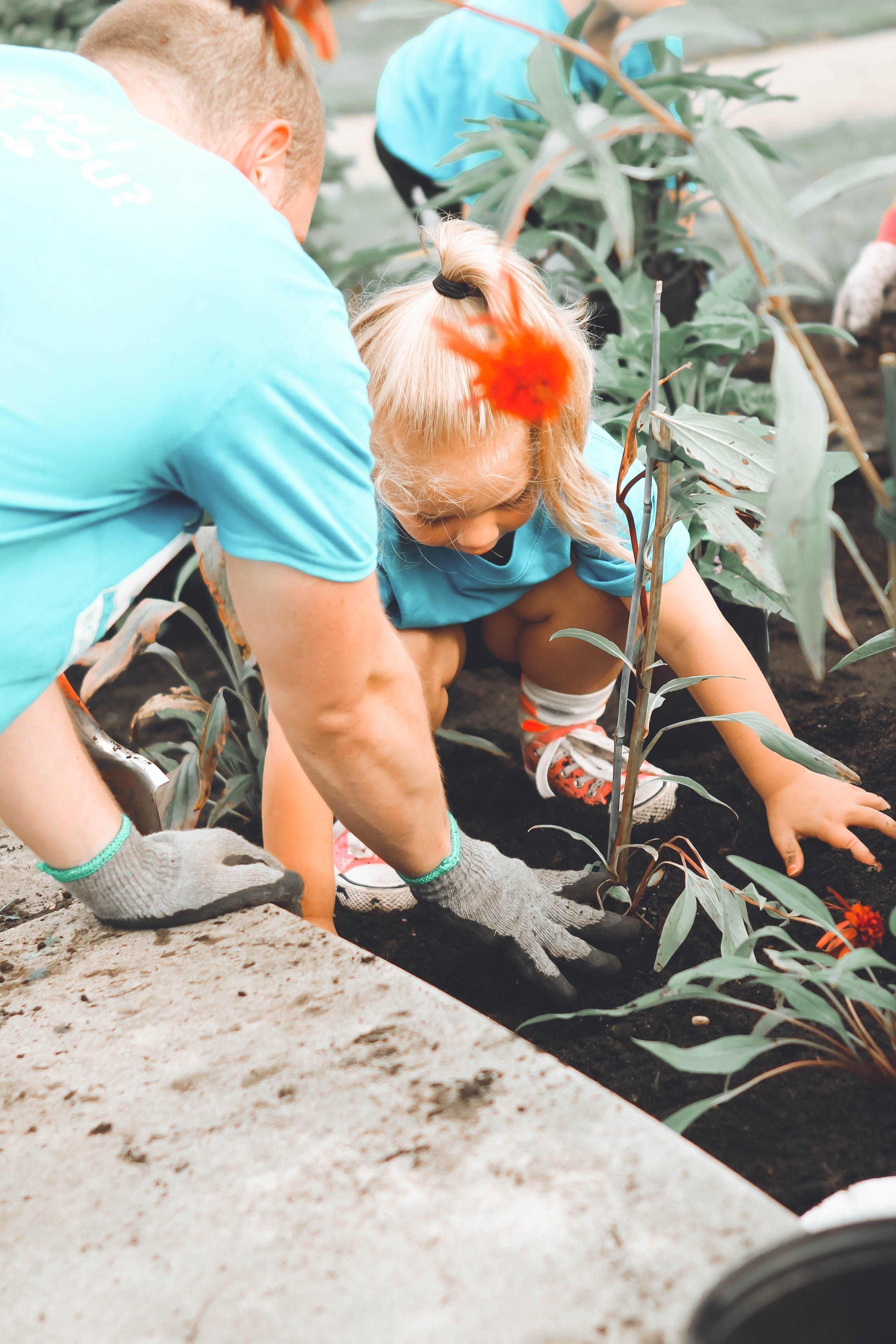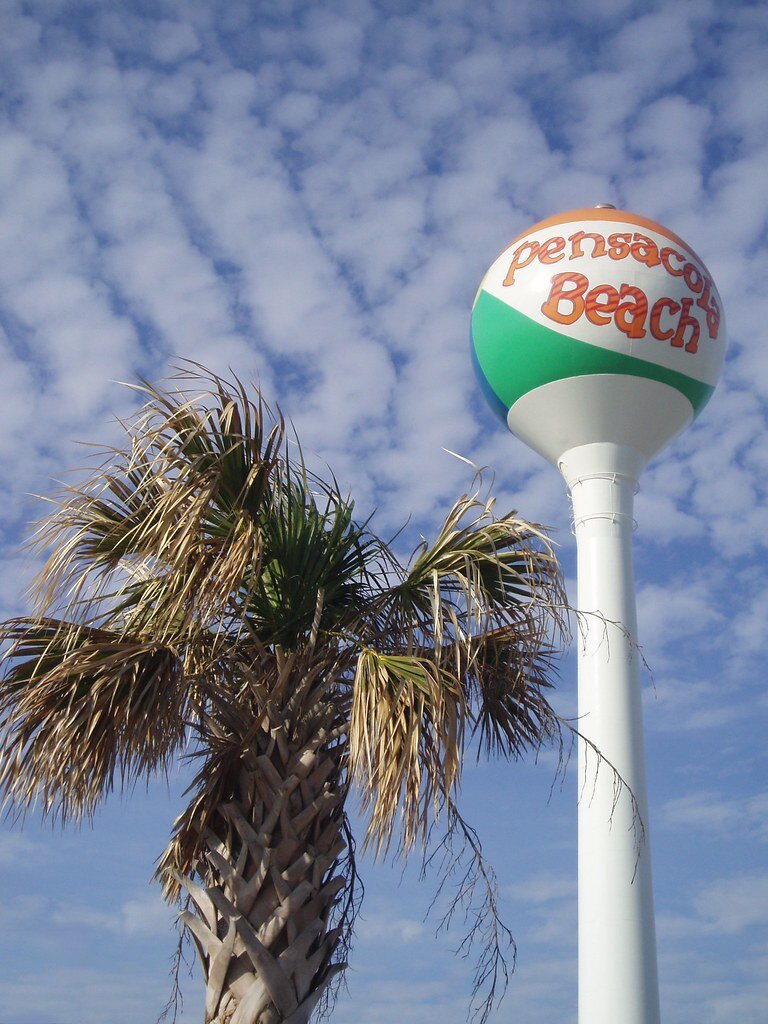"Small Ball" Gets Big Results for Communities
I am a huge baseball fan. In fact, I have such a great love for baseball that I’ve invested in it for many years. Currently, I‘m co-owner of Double-A minor league baseball team The Pensacola Blue Wahoos. And like all baseball fans, I was thrilled by the news that the 2020 Major League Baseball season is going to happen. So in honor of this very good news I wanted to build this week’s column connected to the sport that I love.
The topic for today is small ball. Basically, small ball means instead of going for home runs that only a few players can hit, it’s better to play one base at a time. An example: is that a player gets a base. The next batter bunts them to second. Finally, with one more hit, the team scores a run.
Over the years I have found that the “small ball” principle works well for both organizations and communities. I’m not saying inspiring visions and big goals and strategic plans don’t matter. They do. But while those 30,000-foot views are needed, we can forget that execution happens in a lot of small steps. When we try to do too many things at one time we can get overwhelmed. It can feel like drinking from a firehose. It’s much better to focus on one or two small things first, get a quick win, and get some momentum going before we move on to the next thing.
Image Source: Unsplash
Back when I became president of Baptist Hospital in Pensacola, I quickly learned the power of small ball. During my first day on the job, I had parked in the deepest reaches of the employee parking lot. As I was walking into the hospital, an employee was also heading that way. So I introduced myself and asked, “What do you think I should work on?” She replied, “You could have the bushes trimmed. I have a 12-hour shift, and when I come out it will be dark. My car is parked by some overgrown bushes. I get concerned someone could be hiding in them.” When I got to my new office, I immediately followed up with Facilities. That night when the employee went to her car, the bushes had been trimmed. This small change made a big difference.
Most of the actions we take in business or communities are not “home runs.” They are mostly singles with some doubles thrown in. Yet, how they add up! Small ball gets results.
Of course, the same is true for communities. Strong Towns has published many articles on making “small bets.” Chuck Marohn, the president of Strong Towns, says cities and towns should make small incremental improvements instead of launching big expensive projects. He warns the typical approach to development doesn’t work over the long term. Certainly small, cost-effective changes are needed in today’s economy.
In working with communities, I share that while it is good they want to revitalize their entire downtown, it’s best to pick one corner and start there. If they want to improve public education, they might start with making sure that mothers of newborns leave the hospital knowing how to build their child’s brain. If they desire robust economic development, the answer may not be incentives to attract out-of-town companies, but surveying existing local businesses on what might help them be more successful. Many times, skill-building sessions make a huge difference.
In Palatka, Florida, local leaders ran a contest asking for ideas on what would bring more people downtown. It turned out that 110 ideas were sent in. There were many fine ideas, from renovating vacant buildings to adding coffee shops and retail stores. One person suggested adding benches by the beautiful St. Johns River that’s on one end of downtown. Another was to add bike racks. In the working session with the group, my suggestion was: “It will take time for many of the ideas to be finished, so while you’re working on them, grab the quick wins.” In other words, full-speed ahead on benches and bike racks. Those two ideas may pale in comparison to the grander ones, but they show the community that action is taking place and help build momentum and get people engaged.
Here are a few more examples of how communities can play “small ball”
Image Source: Flickr.
Fix what’s broken before building new stuff. We all love big, shiny new things, but sometimes what we have is great. It just needs a little attention. Also, look for what’s about to fail or break. It might not seem sexy or glamorous, but getting out in front of problems will save money in the long run. Being proactive helps build community pride and it also says to citizens, “Let’s keep our house in working order. We’re worth it.”
Take a slow drive through your neighborhood. What do you see that might make people’s lives better? This is a suggestion from Chuck Marohn. Maybe it means creating bike lanes, repainting pavement markings on a wide, dangerous street, creating a pedestrian sidewalk, or planting trees in a park that’s too hot for kids to play in. These small, modest investments make a real difference and show citizens you care.
Ask, “How can we create a good first impression on visitors?” What is the first thing visitors see when they arrive in the community? Is there a prominent landmark, a beautiful building, or a big piece of public art that creates the feeling that they’ve arrived at a special destination? If not, maybe there should be. What people see is a big part of creating your brand and that “sense of place” that makes people proud to be a citizen.
Make sure prominent landmarks look fresh and appealing. When retired Navy Vice Admiral Jack Fetterman came to Pensacola, he noticed the landmark water tower had peeling paint and suggested we paint it right away. While it’s no longer functional, the tower is a symbol of Pensacola, and it’s the first thing people see when they come downtown. This was a relatively simple fix that has made a big impact.
Keep the community clean and green. Just keeping a city clean and attractive—and maybe even planting a few flowers—can make a huge difference. There is even a fair amount of evidence that creating a cleaner, greener, better-maintained community can lower crime rates. Certainly, attractive communities have higher property values, attract more businesses, and promote loyalty in citizens.
In summary, yes, we need mission, vision, and big goals. We need strategic plans and direction. However, change happens in education one child at a time, in a neighborhood one house at a time, in a downtown one building or business at a time, and in a community one person at a time. This is how small ball works. We make forward progress one action at a time. We do it over and over again until suddenly we see a big shift.
Don’t underestimate small actions. When done for the purpose of making a difference in the lives of others, nothing is really small.
Cover image via Chris Chow on Unsplash
Quint Studer is author of Building a Vibrant Community: How Citizen-Powered Change Is Reshaping America and Wall Street Journal bestseller The Busy Leader’s Handbook: How to Lead People and Places That Thrive. He is founder of Pensacola’s Studer Community Institute, a nonprofit organization focused on improving the community’s quality of life, and Vibrant Community Partners, which coaches communities in building out a blueprint for achieving growth and excellence. Quint speaks and works with communities across the country, helping them execute on their strategic plans, create a better quality of life, and attract and retain talent and investment. He is a businessman, a visionary, an entrepreneur, and a mentor to many. He currently serves as Entrepreneur-in-Residence at the University of West Florida, Executive-in-Residence at George Washington University, and Lecturer at Cornell University.
For more information, please visit www.thebusyleadershandbook.com, www.vibrantcommunityblueprint.com, and www.studeri.org.



